All faculty and staff in MSMSE are listed. For a list of faculty associated with the Interdisciplinary Graduate Program, please visit the graduate program site.
Directory Navigation Links
Jump to relevant sections of this page:

School Leadership
-

Eric Jankowski, Ph.D.
Professor | Director
-

Elton Graugnard, Ph.D.
Associate Director, Research | Professor

Administrative Staff
Visit the MSMSE Administrative Staff in the Micron Center for Materials Research (MCMR) Building, Suite 207. For assistance, email materialsadmins@boisestate.edu or call (208) 426-5600n
-

-

c
-

-

-

-
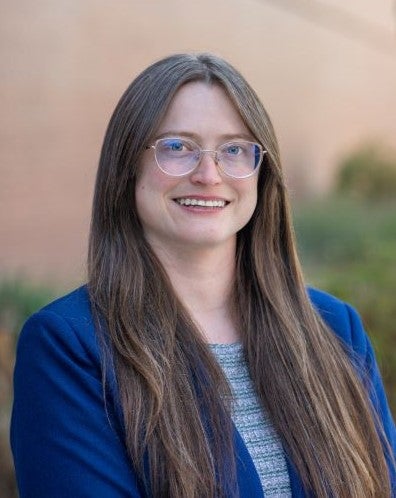
-
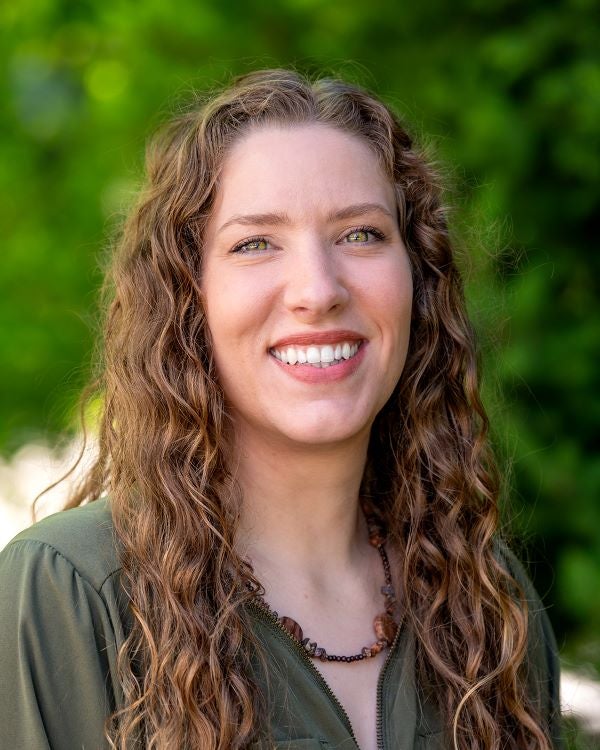
Siera Tuttle
Management Assistant
o
Jump to relevant sections of this page:
MCMR 207o
Jump to relevant sections of this page:

Faculty
-
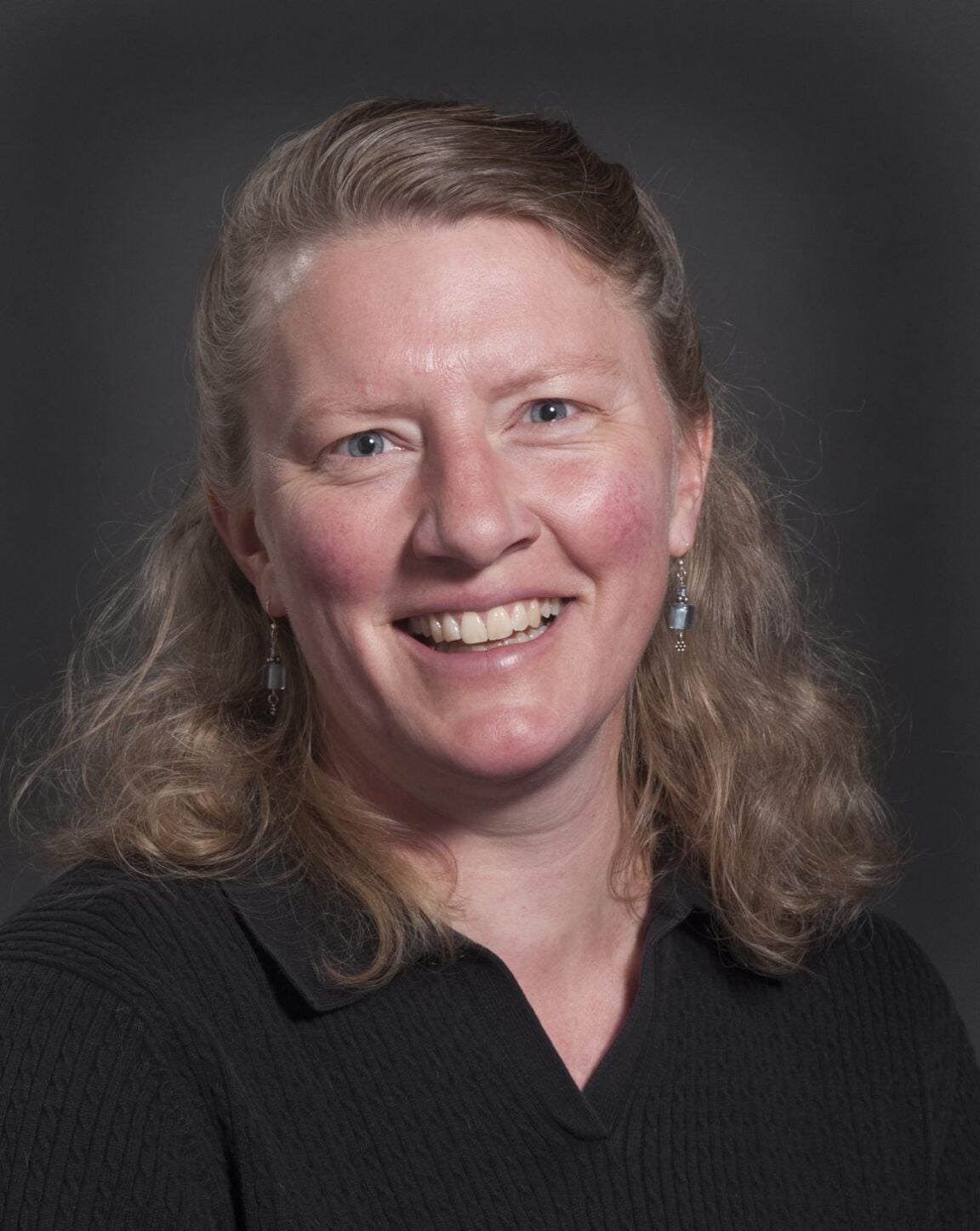
Amy J. Moll, Ph.D.
Professor
Areas of Expertise
- Engineering Education
- Women in STEM
- Puppy Raising
Areas of Expertise
- Engineering Education
- Women in STEM
- Puppy Raising
-

Harold Ackler, Ph.D.
Clinical Associate Professor
Areas of Expertise
- Materials Science and Engineering
- Engineering Education
- Engineering Systems
Areas of Expertise
- Materials Science and Engineering
- Engineering Education
- Engineering Systems
-
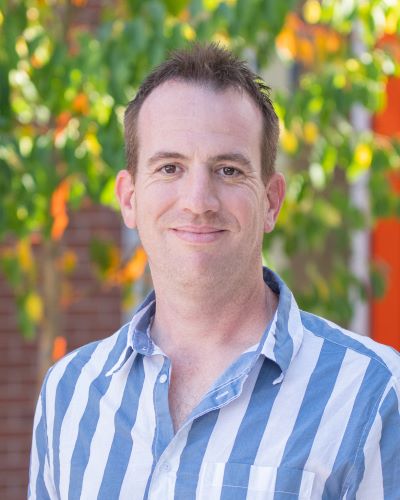
Josh Eixenberger, Ph.D.
Assistant Research Professor
-

Richard Elliott, Ph.D.
Assistant Research Professor
Areas of Expertise
- Computational Modeling
- Vector-based Disease Transmission
- Statistical Field Theories
r
Areas of Expertise
- Computational Modeling
- Vector-based Disease Transmission
- Statistical Field Theories
r
-

David Estrada, Ph.D.
Professor
-

Megan Frary, Ph.D.
Clinical Professor
Areas of Expertise
- Grain Boundaries
- Engineering Education
- Materials Characterization
Areas of Expertise
- Grain Boundaries
- Engineering Education
- Materials Characterization
-

Mike Hurley, Ph.D.
Associate Professor
-

Brian Jaques, Ph.D., P.E.
Associate Professor
-

Bill Knowlton, Ph.D.
Professor
-

Daniel Lamborn
Executive Director MER | Administrative Faculty
Institute of Microelectronics Education and Research -

Jeunghoon Lee, Ph.D.
Associate Professor
-

Lan Li, Ph.D.
Professor
Areas of Expertise
- Computational Modeling
- Density Functional Theory
- Electronic State of Materials
Areas of Expertise
- Computational Modeling
- Density Functional Theory
- Electronic State of Materials
-

Peter Müllner, Ph.D.
Distinguished Professor
Areas of Expertise
- Magnetic Shape Memory Alloy
- Single Crystal Materials
- Mechanical Properties of Materials
Visit Magnetic Materials Lab Website
Areas of Expertise
- Magnetic Shape Memory Alloy
- Single Crystal Materials
- Mechanical Properties of Materials
Visit Magnetic Materials Lab Website
-

Scott T. Phillips, Ph.D.
Professor
Areas of Expertise
- Sustainable Polymer Materials
- Depolymerization
Areas of Expertise
- Sustainable Polymer Materials
- Depolymerization
-

Rick Ubic, Ph.D.
Professor
Areas of Expertise
- Dielectric Materials
- Phase Composition
- Materials Characterization
Areas of Expertise
- Dielectric Materials
- Phase Composition
- Materials Characterization
-

Yaqiao Wu, Ph.D.
Research Professor
Areas of Expertise
- Transmission Electron Microscopy
- Atom Probe Tomography
- Grain Boundaries
Areas of Expertise
- Transmission Electron Microscopy
- Atom Probe Tomography
- Grain Boundaries
-
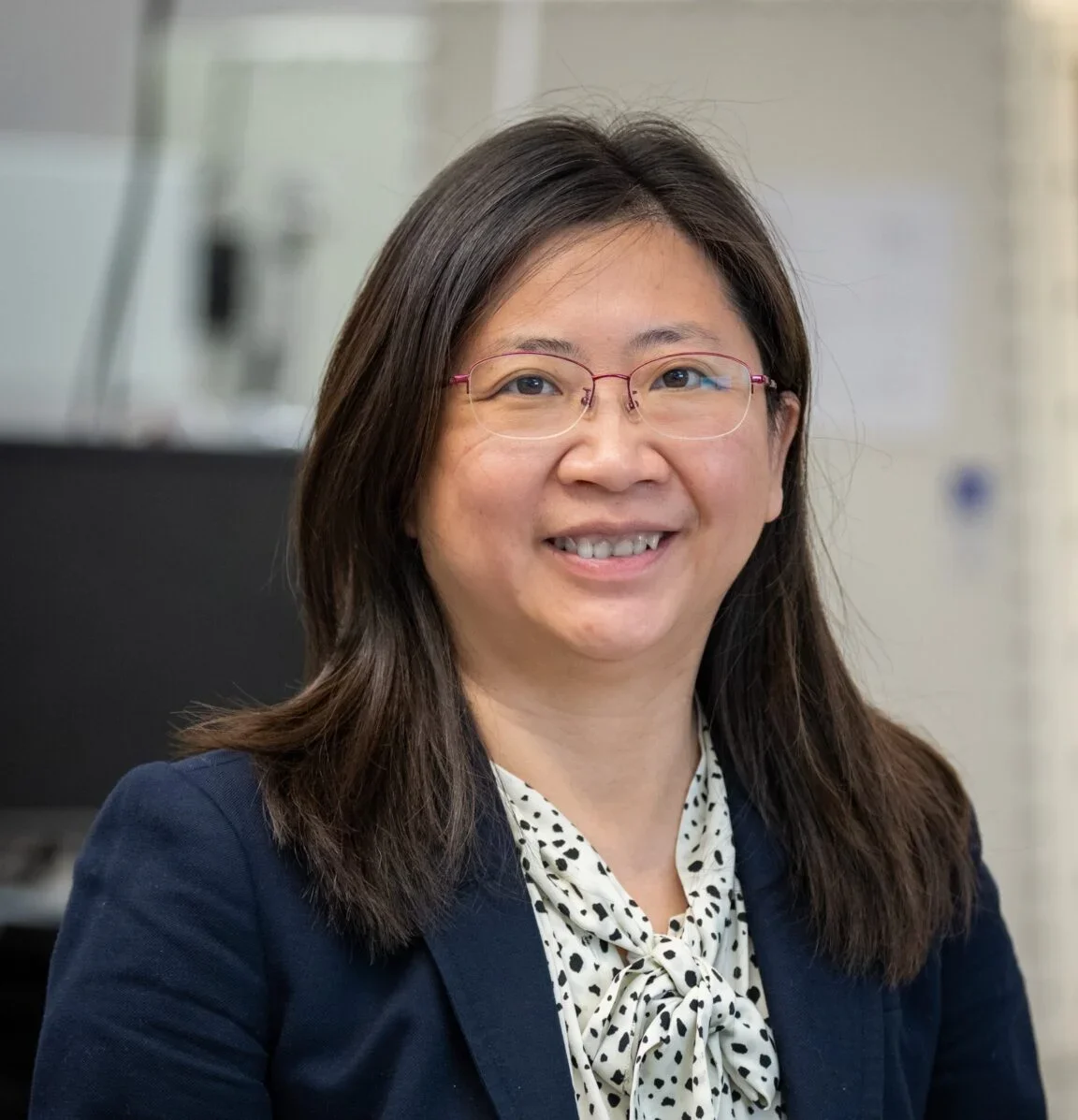
Hui (Claire) Xiong, Ph.D.
Professor
Areas of Expertise
- Sodium-Ion Batteries
- Cathode and Anode Materials
- Energy Storage
Areas of Expertise
- Sodium-Ion Batteries
- Cathode and Anode Materials
- Energy Storage
-
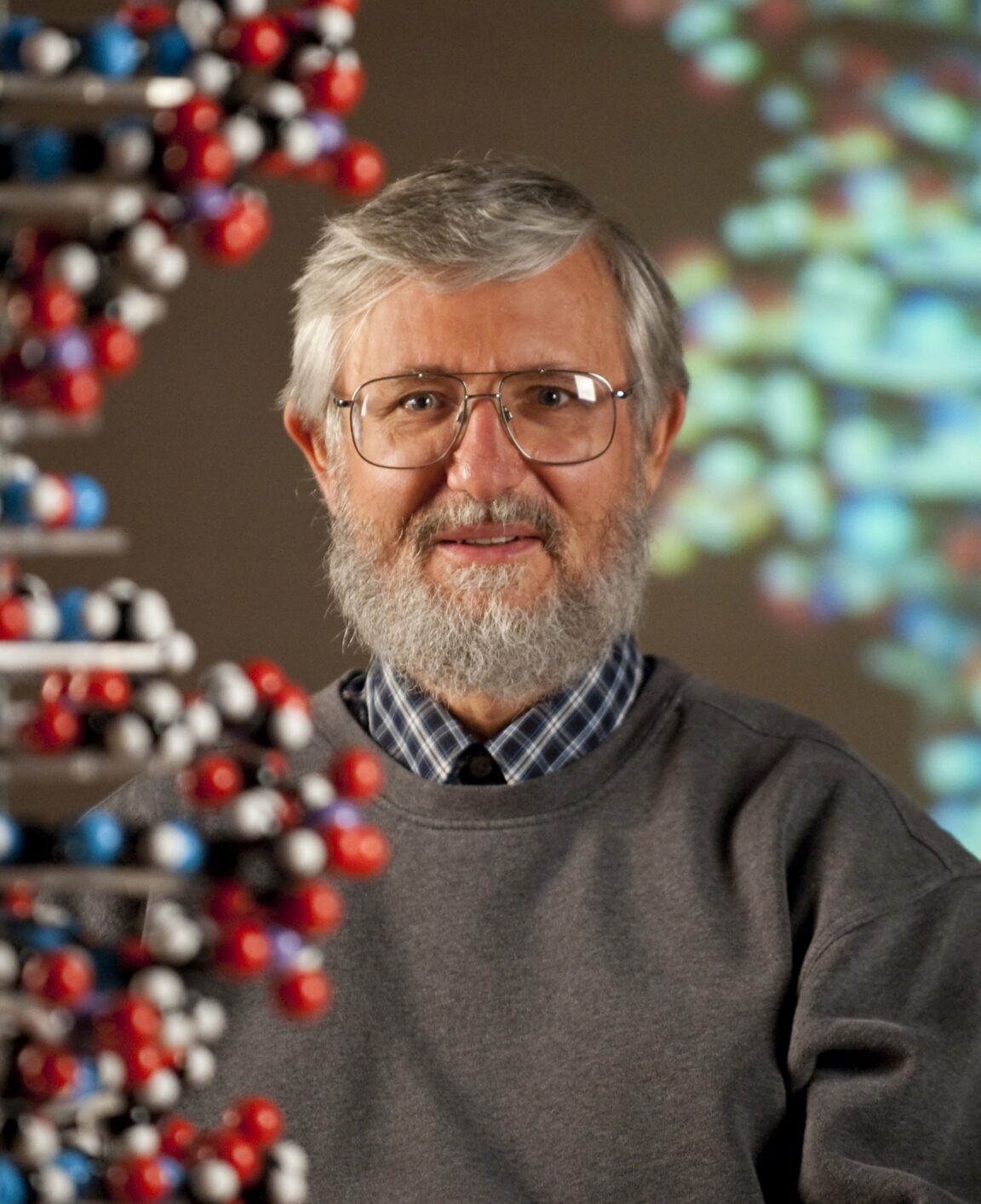
Bernard Yurke, Ph.D.
Distinguished Research Fellow

COEN Affiliate Faculty
Affiliate faculty support the research and education mission of the university while primarily working outside of the university
-
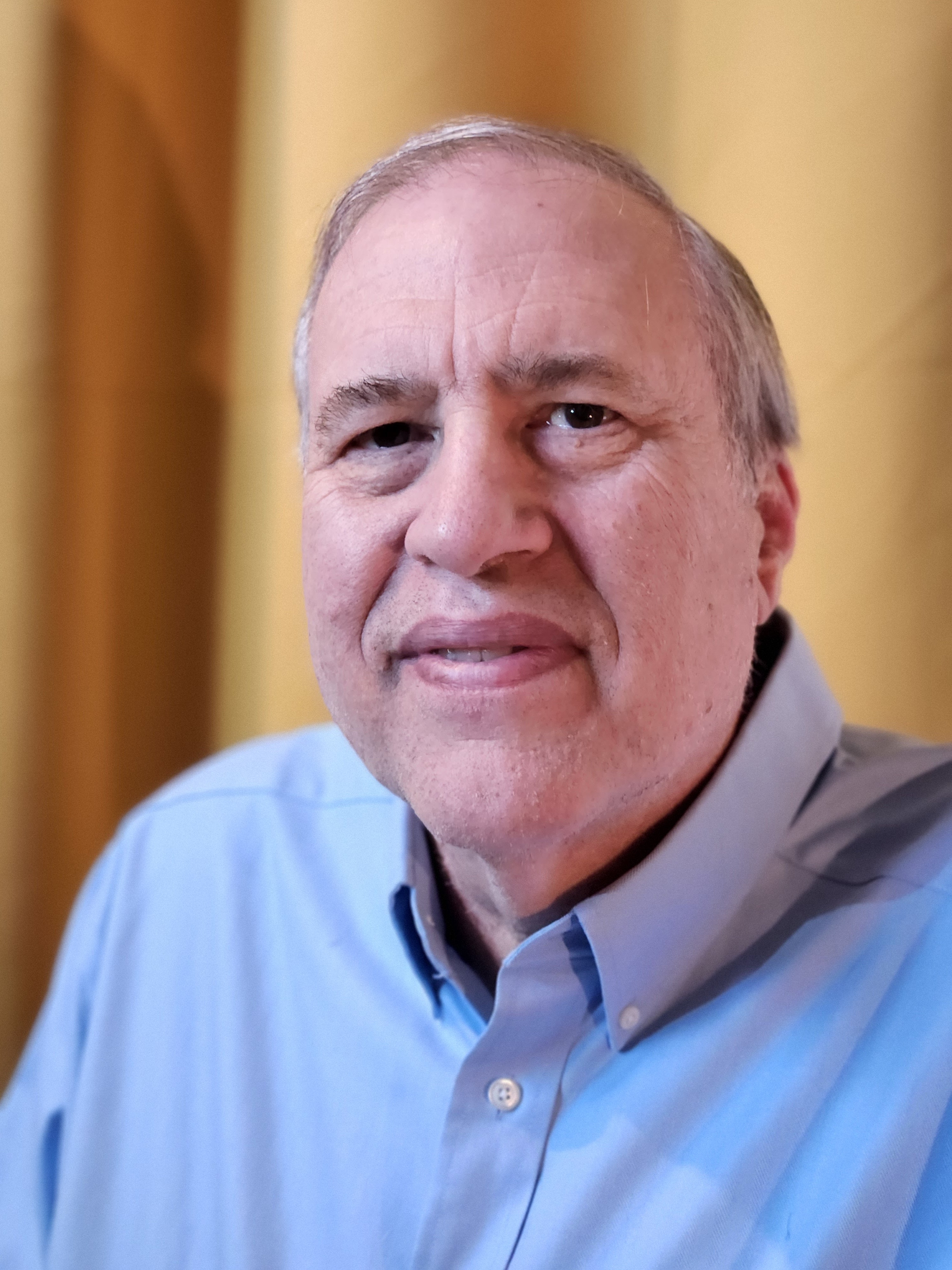
-
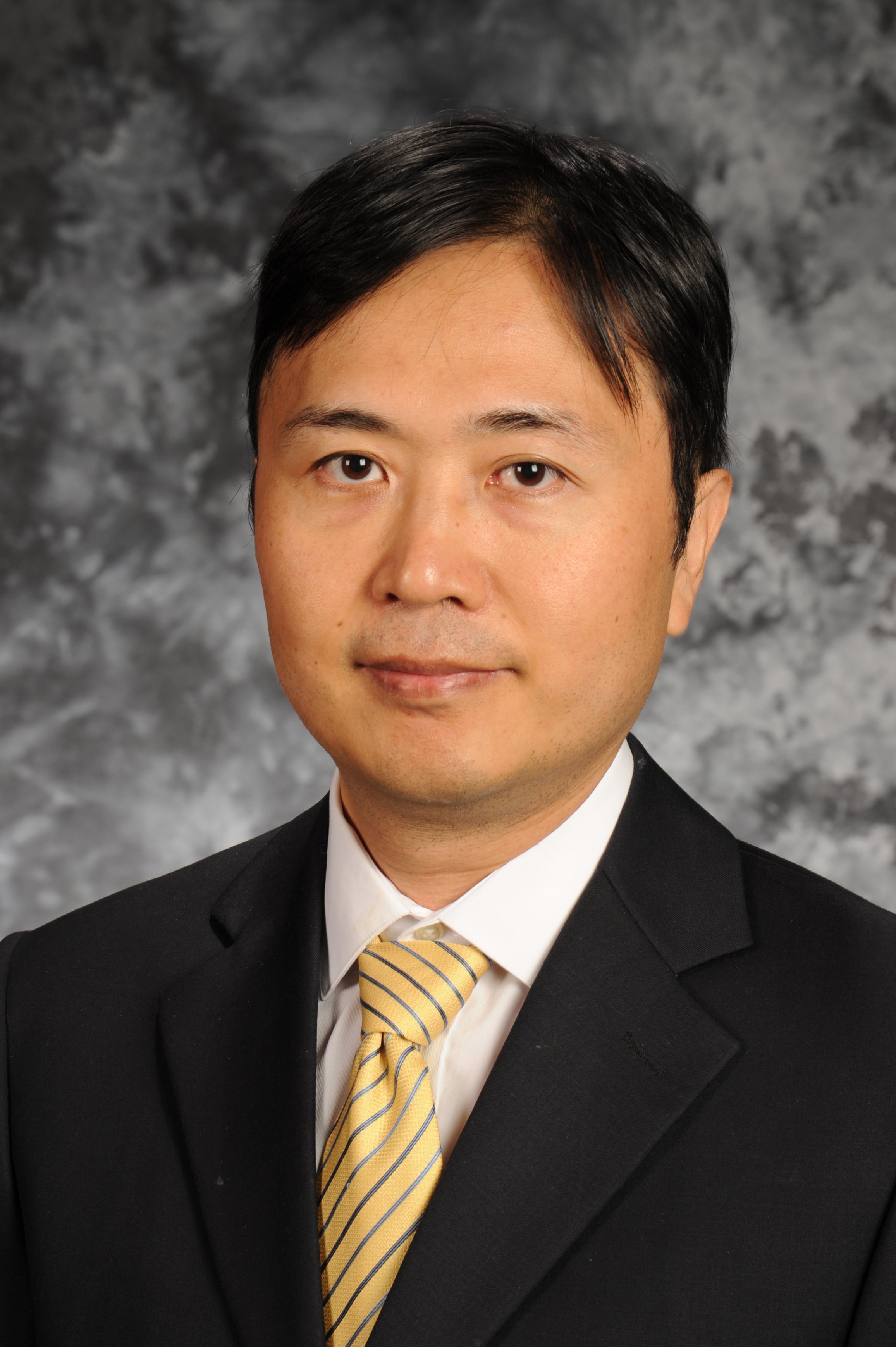
Bin Li, Ph.D.
COEN Affiliate Faculty
Idaho National Lab

Research Personnel
-
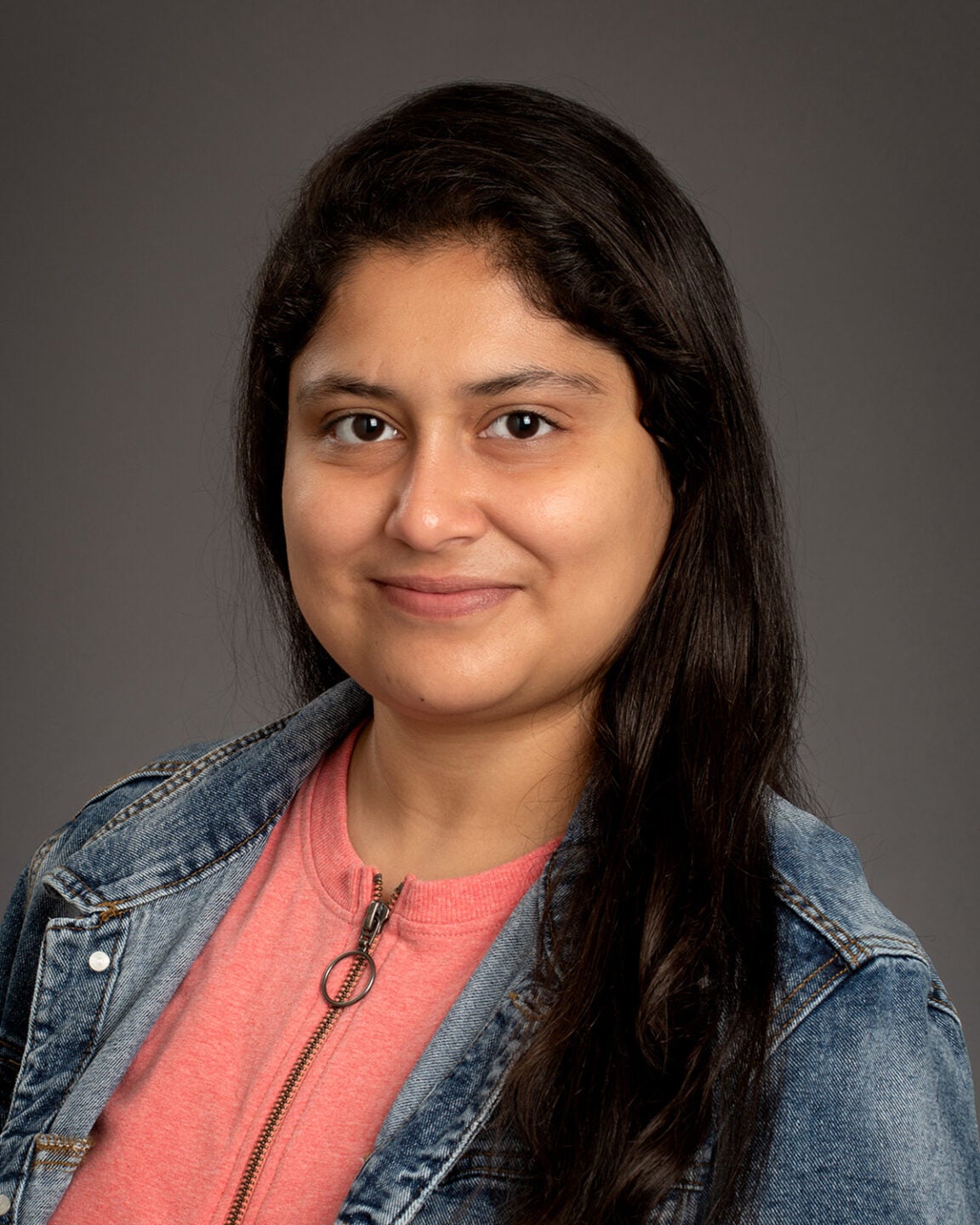
-

-

Allyssa Bateman
Research Associate
-

-

Keitel Cervantes-Salguero, Ph.D.
Research Scholar
-

Karthik Chinnathambi, Ph.D.
Senior Research Engineer
Boise State Center for Materials Characterization -

Paul Davis, Ph.D.
Assistant Dean of Research | Surface Science Lab Manager
Boise State Center for Materials Characterization -

-

-

Corey Efaw, Ph.D.
Research Engineer
Boise State Center for Materials Characterization -

-

Supriya Ghosh, Ph.D.
Postdoctoral Research Fellow
-

Natalya Hallstrom
Senior Research Associate
-

-
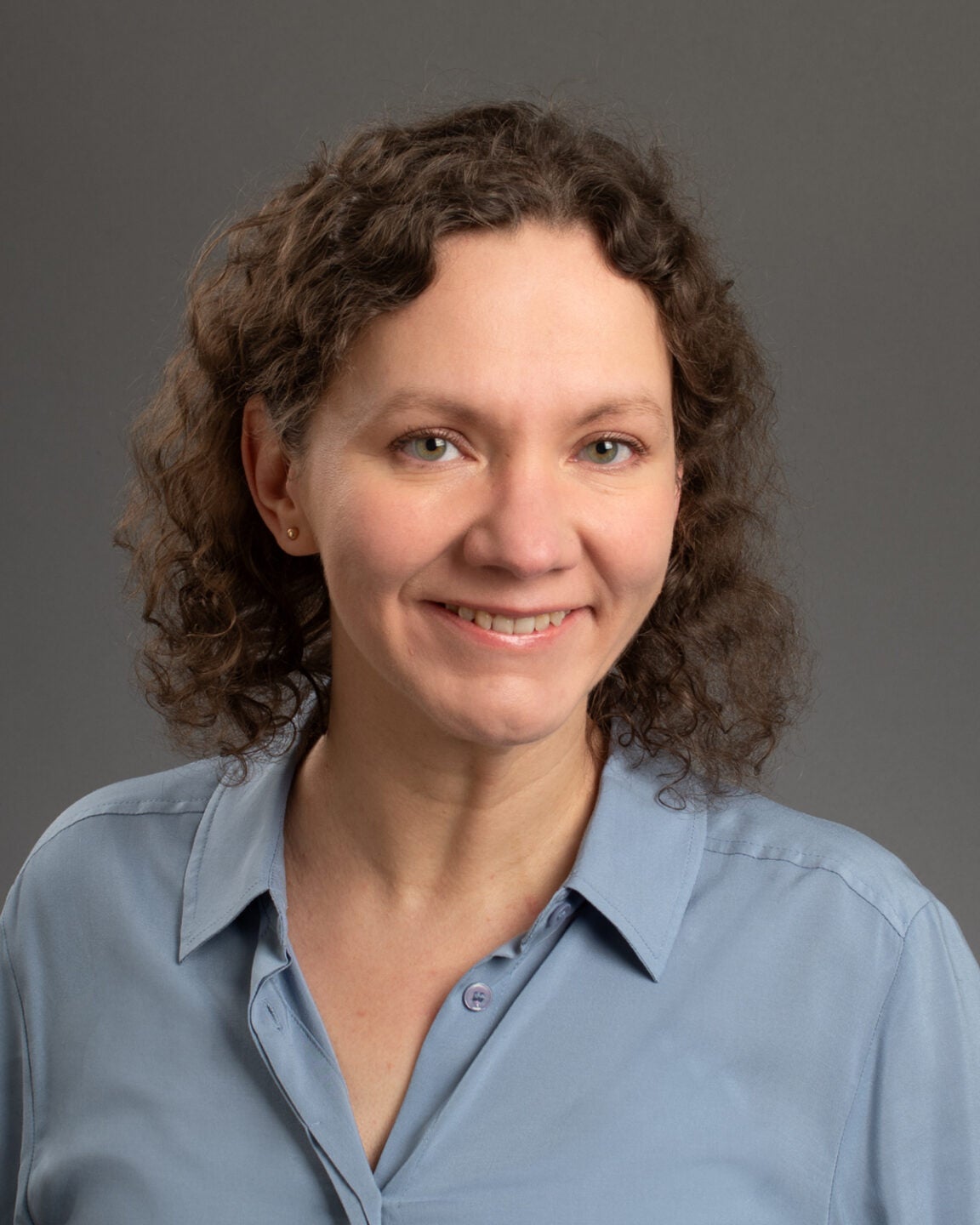
Olga Mass, Ph.D.
Senior Research Scholar
-

-

-

-

Gissela Pascual Pariona
Postdoctoral Research Scholar
-

-

Ryan Pensack, Ph.D.
Principal Research Scholar
-

-

-

Daniel Turner, Ph.D.
Principal Research Scholar
-

Tony Valayil-Varghese, Ph.D.
Senior Research Scientist
Advanced Nanomanufacturing and Materials Lab -
